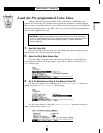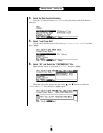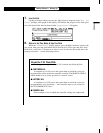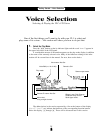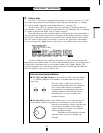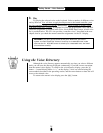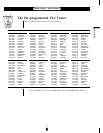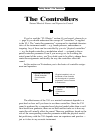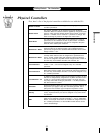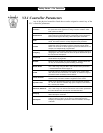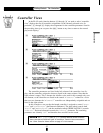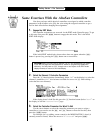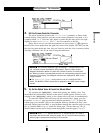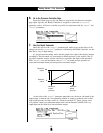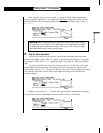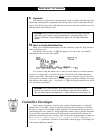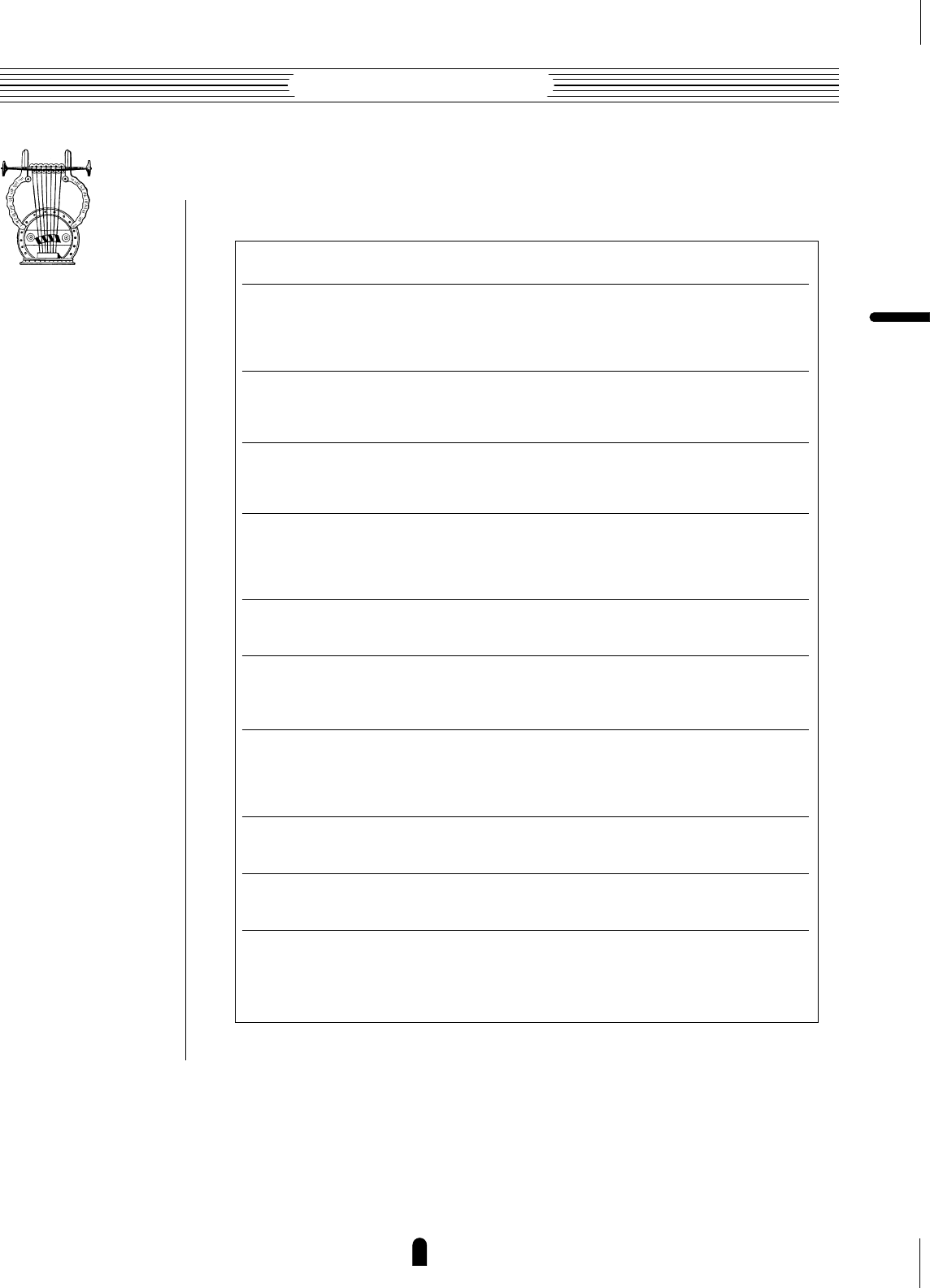
39
Getting Started
●
The Controllers
The Controllers
Physical Controllers
First, here’s a list of the physical controllers available for use with the VL1:
A natural candidate for controlling pressure, tonguing, throat, growl,
and other parameters.
This unique “controller” can be applied only through the Breath
Controller. When it is selected control is applied by
changes
in breath
pressure, rather than the absolute breath pressure itself. A constant
pressure — whether zero or maximum — produces no change. The
faster the change in pressure, the higher the control value.
The self-centering VL1 pitch wheel can be assigned to a range of
parameters, but it’s “standard” function is pitch control. A controller
parameter such as Embouchure can also be assigned to the pitch
wheel for more realistic pitch variations.
This wheel produces minimum effect in its lowest position and
maximum effect in the highest position. This modulation wheel is
permanently assigned to the standard MIDI modulation wheel control
change number — 001.
The VL1’s second modulation is not self-centering, but it has a center
click-stop which makes it ideal for assignment to parameters that
have a “normal” central setting with variations above and below. It
can also be assigned to any MIDI control change number, function in
the same way as the breath controller, foot controller, etc.
Foot controller 1 has the standard MIDI foot controller control change
number — 004 — and can be assigned to any VL1 controller
parameter.
Like the modulation 2 wheel, foot controller 2 is assignable to any
MIDI control change number, and is frequently assigned to function in
the same way as the breath controller. It can also be assigned to any
VL1 controller parameter.
In addition to their obvious sustain and portamento functions, the foot
switches are independently assignable to any MIDI controller function
as well as a voice number increment function. Of course, they are
only really useful with on/off type parameters — not with parameters
that allow continuous control.
Keyboard aftertouch allows you to control any controller parameter by
the pressure you apply to a key after it is initially pressed. This is
perhaps the most “intimate” type of keyboard expression control.
Although normally assigned to pressure (particularly in plucked string
voices), keyboard velocity can also be assigned to any other control-
ler parameter.
The MIDI protocol provides 119 control change numbers, some of
which are pre-assigned to specific controllers — “001” is “Modulation
Wheel”, for example. All of these are available for assignments to the
VL1 controller parameters, so external MIDI control devices can be
used to full advantage.
Breath Controller
Breath Attack
Pitch Wheel
Modulation 1 Wheel
Modulation 2 Wheel
Foot Controller 1
Foot Controller 2
Foot Switches 1 & 2
Aftertouch
Velocity
MIDI



